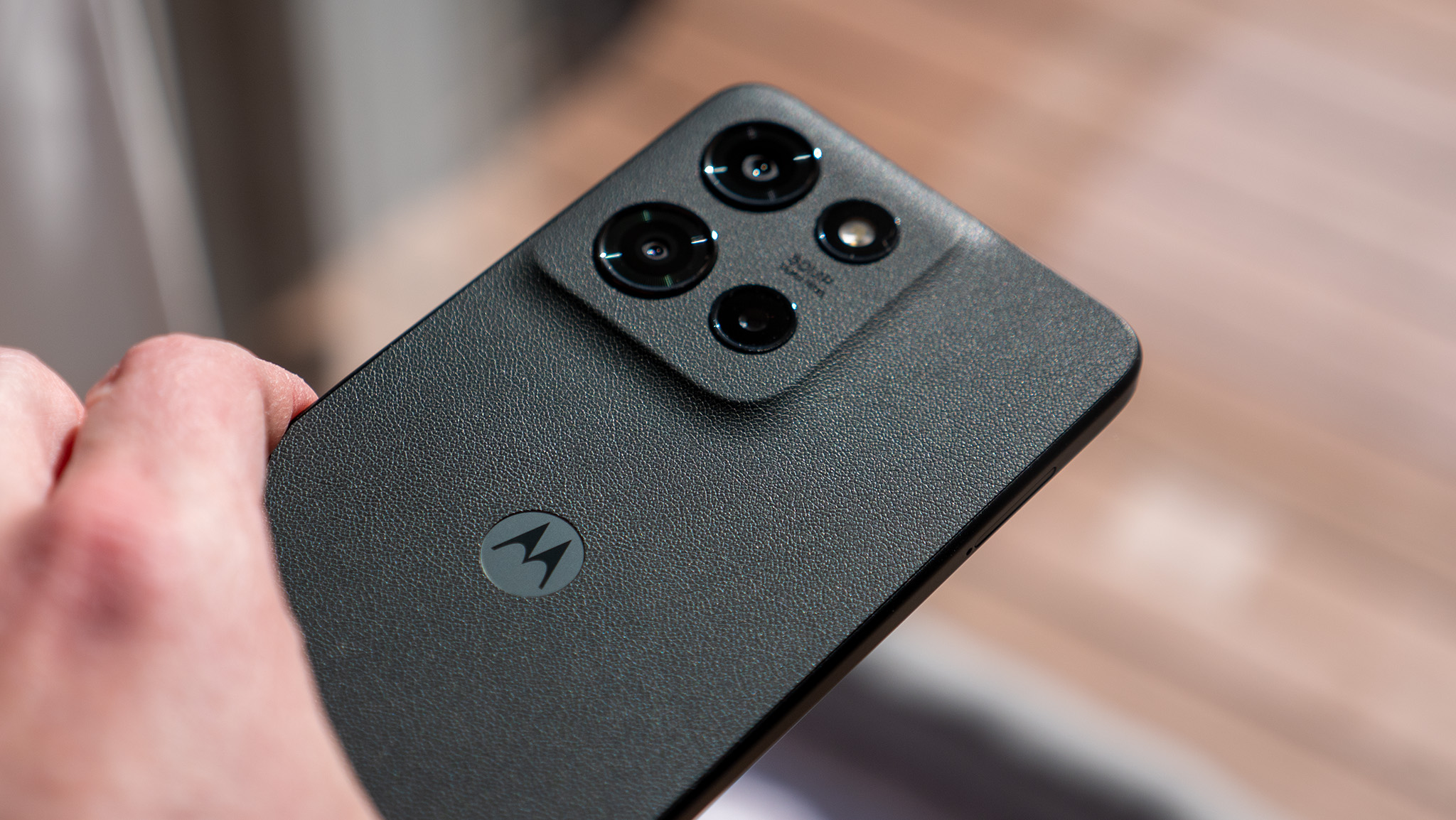Garmin Vivoactive 6 vs. Venu 3: Which casual fitness watch is best?
The older Venu 3 still provides a few key upgrades.
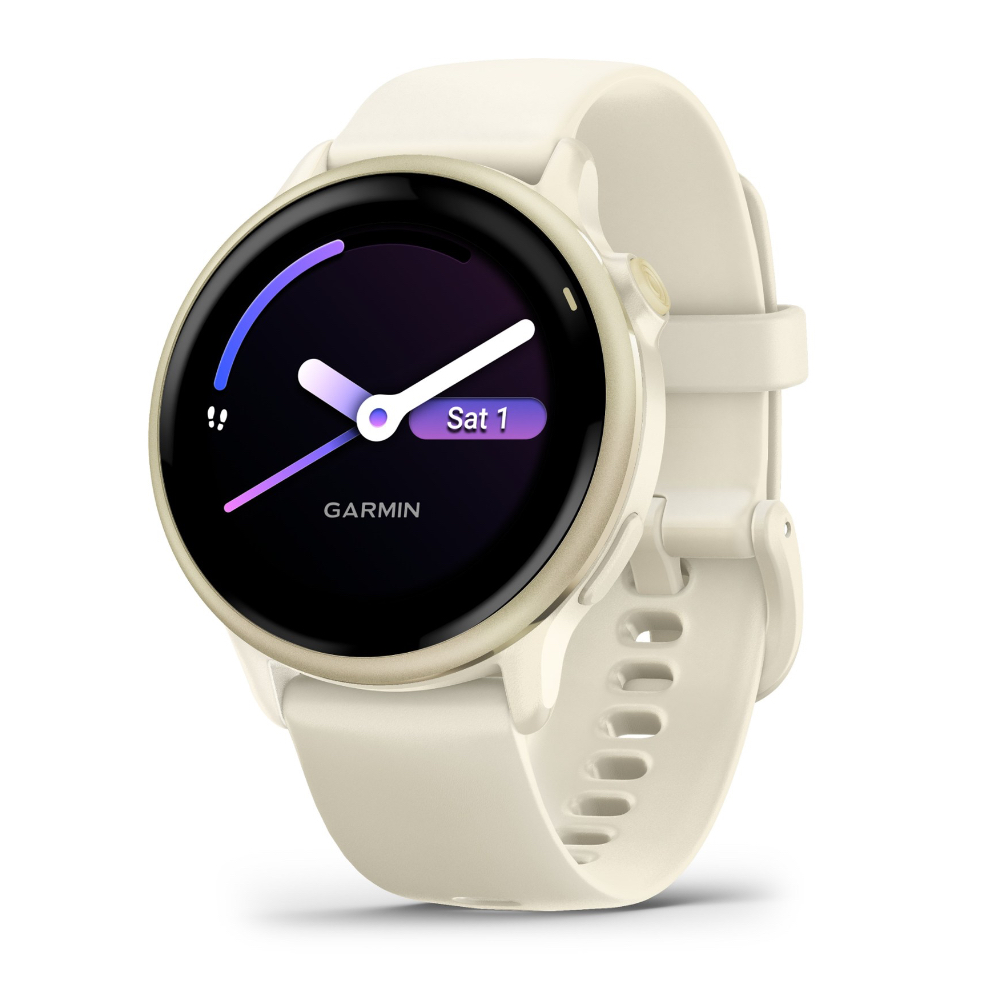
The starter Garmin
Garmin's new Vivoactive 6 smartwatch is an incremental update over the previous generation, packing a 1.2-inch AMOLED display and an 11-day battery life. There are new satellite systems available and more storage, plus new software features. But it still packs dated hardware in some areas, like the Elevate v4 HR sensor.
For
- Slightly reworked chassis with 0.2mm thinner form factor
- 8GB of music storage
- Expanded support for BeiDou and QZSS satellite GPS, plus a gyroscope
- Adds multiple software features, such as running power and race predictions
Against
- Only features Elevate v4 sensor without ECG and other tools
- No elevation tracking for runs, or training load analysis
- Some features require Garmin Connect Plus subscription
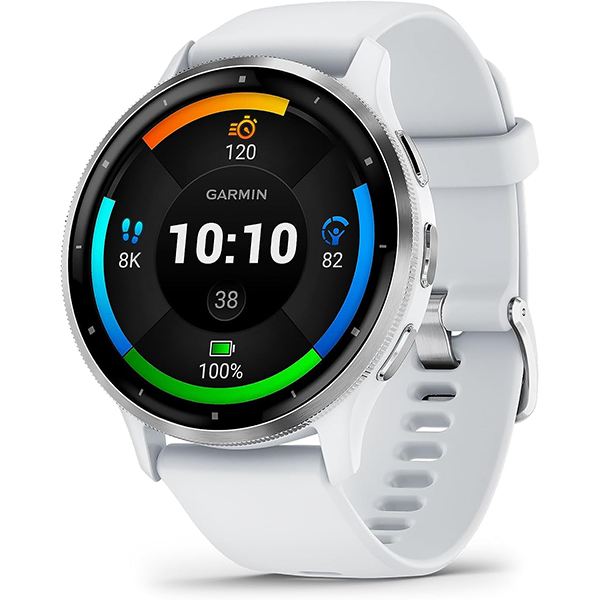
An enhanced fitness experience
For those who need more than a Vivoactive and less than a dedicated Garmin fitness watch, there's the Venu 3. It packs key upgrades like ECG readings, skin temperature detection, and a built-in microphone and speaker. However, it's not quite a Forerunner and lacks a few features as a result.
For
- Stylish design with two case size options
- Support for some great Garmin features, like Advanced Body Battery and Sleep Coach
- Includes latest Garmin Elevate v5 heart rate sensor with ECG support
- Pulls location data from GPS and GLONASS simultaneously
Against
- Limited app support
- Lacks advanced fitness metrics, like a Forerunner, Enduro, or Fenix watch would offer
- Doesn't have an LTE option
- Pricey
For entry-level wearable users, Garmin's Vivoactive line often serves as a great starting point, with the Venu series representing another step up. Now, there's a new Garmin Vivoactive 6, and it's available for purchase as of April 2025. How does it compare to the more expensive Garmin Venu 3, which launched way back in August 2023?
You might be surprised to learn that the older Venu 3, with better sensors and a more premium design, actually outpaces the newer Vivoactive 6 in a few areas. The problem is that you'll have to pay roughly $150 more for those extra features, so the Venu 3 is only a worthy upgrade over the Vivoactive 6 if you'll actually use them. Let's break down how these two entry-level and midrange fitness watches compare.
Garmin Vivoactive 6 vs. Venu 3: Design and display
Why you can trust Android Central
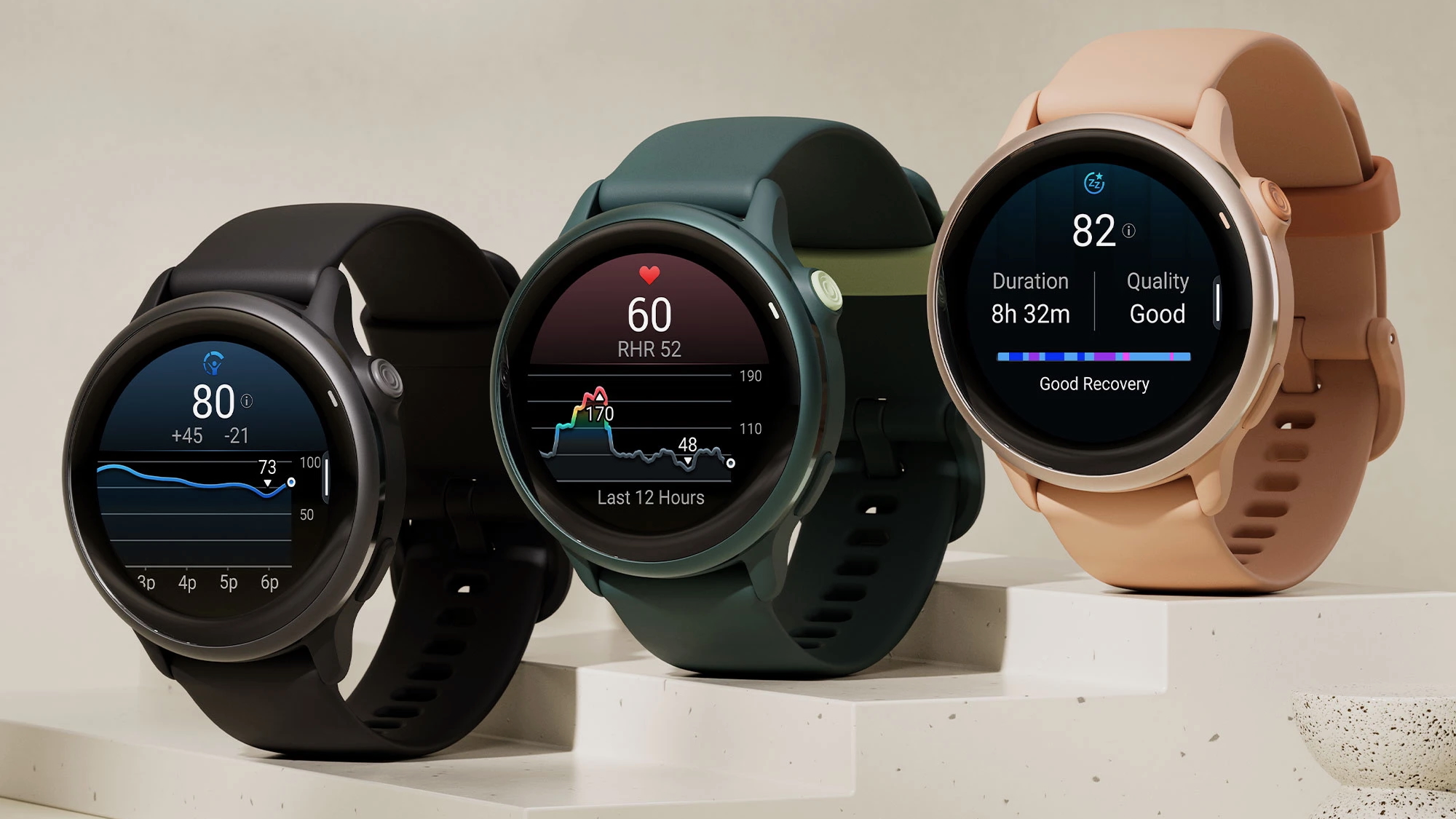
Garmin's Vivoactive 6 and Venu 3 smartwatches both feature a more subdued look and design language than some of its other wearables. These watches aren't rugged like the Instinct, sporty like the Forerunner, or beefy like the Fenix or Enduro. Instead, they're the simple kind of stylish you can pair with a gym outfit or something in your daily wardrobe. The style represents the "casual" look both product lines are going for.
The Venu 3 comes in two sizes, with the Venu 3 being the bigger option and the Venu 3S the smaller one. The Venu 3 measures 45 x 45 x 12mm and weighs 30 grams without a strap, while the 3S measures 41 x 41 x 12mm and weighs 27 grams without a strap. By comparison, the Vivoactive 6 splits the middle in terms of its overall footprint, with a 42.2mm case size that's both thinner and lighter than both Venu models.
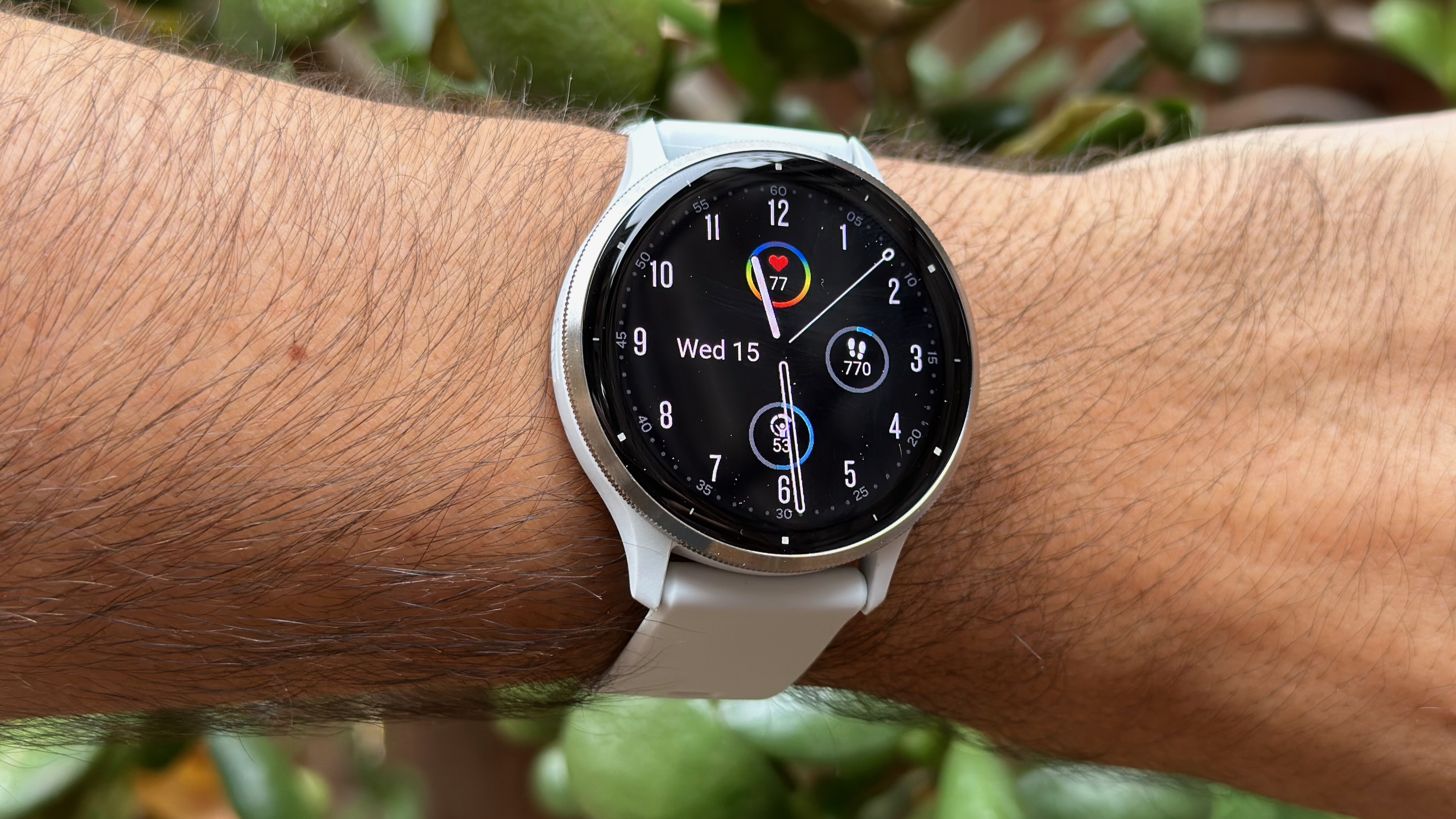
An advantage of the Vivoactive 6 is the smartwatch's support for standard 20mm quick-release watch bands, which can be interchanged easily. The Venu 3 uses 22mm straps and the Venu 3S uses 18mm straps, for reference. The included bands are silicone, but all the best Garmin watches can be upgraded with first-party or aftermarket straps.
As the higher-priced option, Garmin's Venu 3 has slightly more premium materials. It features a fiber-reinforced polymer case, like the Vivoactive 6, but sports a stainless steel bezel. On the Vivoactive 6, the bezel is made out of anodized aluminum. That's part of the reason the cheaper watch is also lighter on the wrist. It weighs just 37 grams, including the strap.
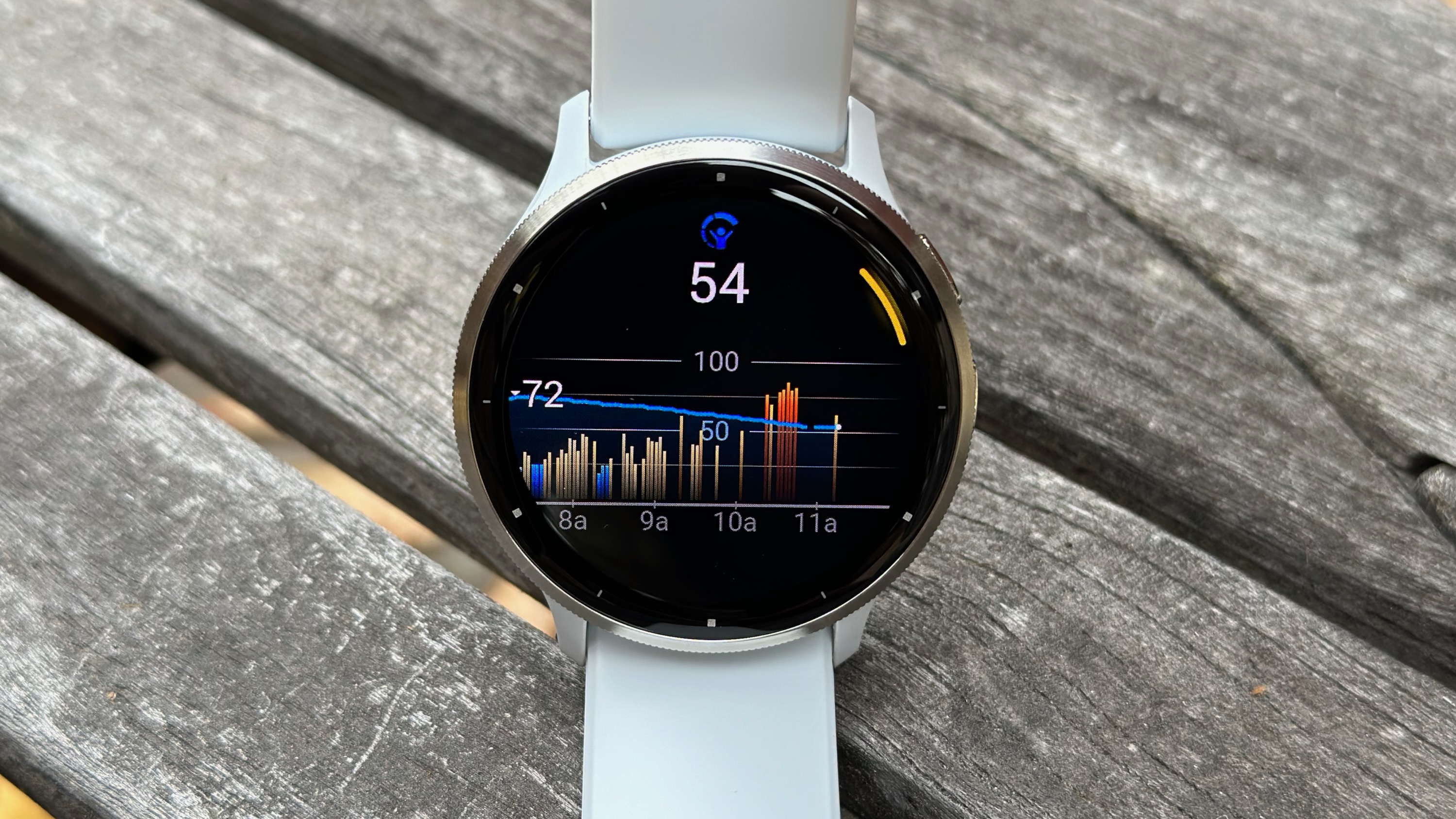
Both watches feature AMOLED displays. The Vivoactive 6 is equipped with a 1.2-inch panel with a 390 x 390 resolution, and the Venu 3S matches that specification exactly. The bigger Venu 3 has a 1.4-inch panel with a 454 x 454 resolution.
The Vivoactive 6 and Venu 3 also both feature Gorilla Glass 3 coverings and a 5ATM water-resistance rating.
Garmin Vivoactive 6 vs. Venu 3: Hardware and features
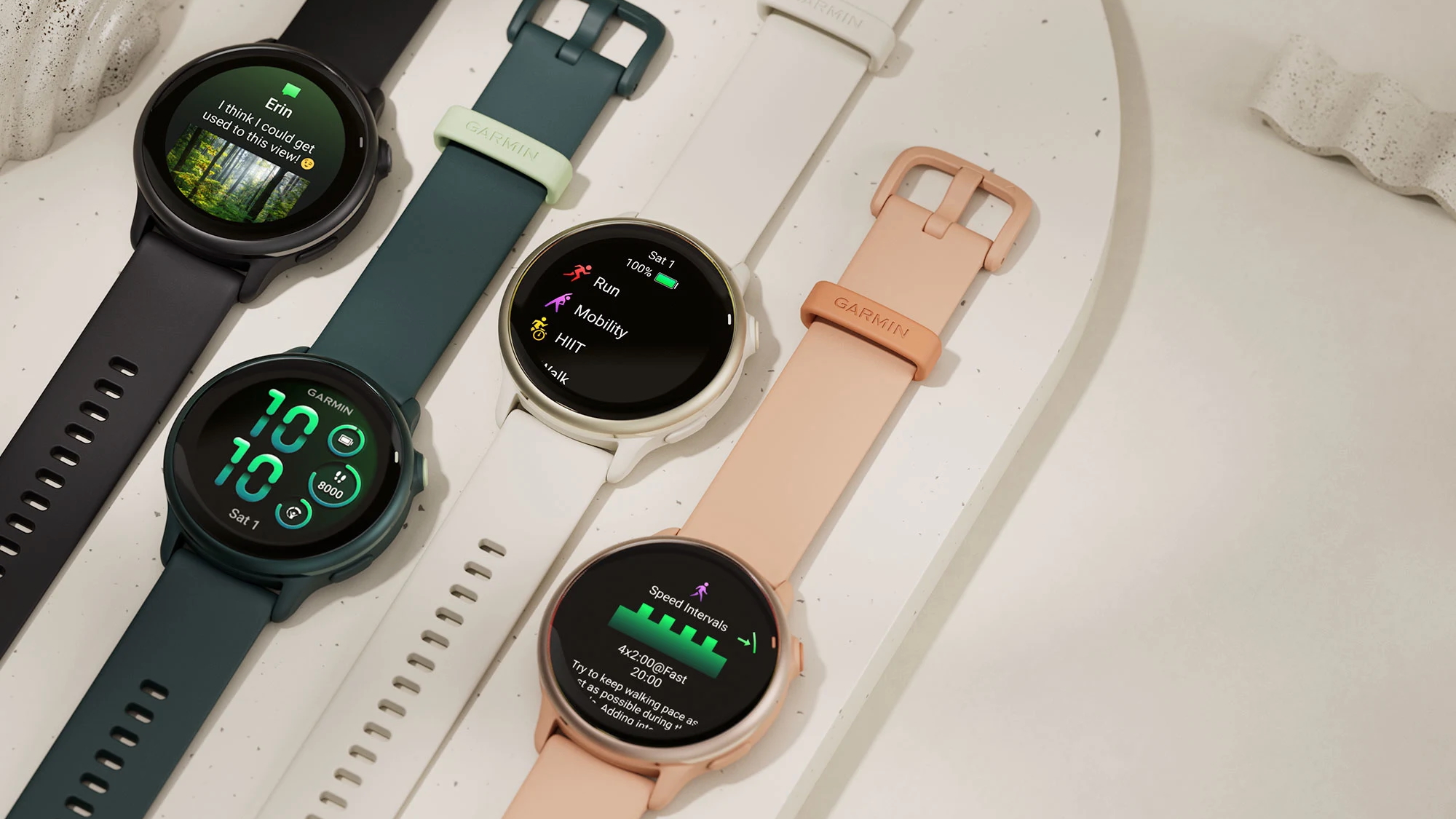
Like the Garmin Instinct 3, the Vivoactive 6 is a refreshed Garmin watch without the company's newest sensors. The Vivoactive 6 uses the Garmin Elevate v4 heart rate sensor, which is the same hardware found in the Vivoactive 5. That means it won't get more accurate heart rate monitoring, ECG capabilities, and skin temperature detection.
It's unfortunate because the nearly two-year-old Venu 3 does come with the latest Garmin Elevate v5 sensor, which enables ECG and skin-temperature readings. As such, if you need the most advanced sensors, you'll need to pay $150 more for the Venu 3.
Otherwise, the two wearables are quite similar in terms of capabilities. Neither will have the kind of app support you'd get from the best Wear OS watches, but both feature 8GB of onboard storage for music. They both also support All-Systems mode for GPS, supporting GPS, GLONASS, and GALILEO.
The Vivoactive 6 takes it a step further with support for QZSS and BeiDou, but neither watch supports dual-band GPS.
Category | Garmin Vivoactive 6 | Garmin Venu 3 |
|---|---|---|
Materials | Fiber-reinforced polymer (Case); Anodized aluminum (Bezel) | Fiber-reinforced polymer (Case); Stainless steel (Bezel) |
Display | 1.2-inch AMOLED touchscreen, 390 x 309 | 1.4-inch AMOLED touchscreen; 454 x 454 |
Protection | Gorilla Glass 3; 5ATM | Gorilla Glass 3; 5ATM |
Band | 20mm quick-release band | 22mm (135-200 mm) or 18mm (110-175 mm) |
Tracking | GPS, GLONASS, GALILEO, QZSS, BeiDou; All-Systems mode (No dual band) | GPS, GLONASS, GALILEO; All-Systems mode (No dual band) |
Sensors | Elevate v4 HRM; Pulse Ox (SpO2); accelerometer; ambient light sensor; compass; gyroscope | Elevate v5 HRM with ECG; Pulse Ox (SpO2); accelerometer; ambient light sensor; barometric altimeter; compass; gyroscope |
Connectivity | Garmin Pay (NFC), Bluetooth, ANT+, Wi-Fi | Garmin Pay (NFC), Bluetooth, ANT+, Wi-Fi |
Mic and speaker | No | Yes |
Key sport and health features | Sleep coach, nap detection, Advanced Body Battery, wheelchair mode, sports apps, recovery time, morning report, animated on-screen workouts, Garmin Coach, VO2 Max | Sleep coach, nap detection, Advanced Body Battery, wheelchair mode, sports apps, recovery time, morning report, jet lag adviser, animated on-screen workouts, Garmin Coach, VO2 Max |
Music storage | 8GB; Spotify, Deezer, Amazon Music, or own music files | 8GB; Spotify, Deezer, Amazon Music, or own music files |
Dimensions | 42.2 x 42.2 x 10.9 mm | 45 x 45 x 12 mm (3); 41 x 41 x 12 mm (3S) |
Weight / with strap | 23g / 36g | 30g / 47g (3); 27g / 40g (3S) |
Price | $299.99 | $449.99 |
In terms of connectivity, both watches support Garmin Pay, Bluetooth, ANT+, and Wi-Fi. Aside from the barometric altimeter (Venu only) and the aforementioned different Garmin Elevate v4 and v5 sensors, the watches have the same assortment of sensors: pulse oximeter, accelerometer, ambient light sensor, compass, and gyroscope. The Venu 3's altimeter means it can accurately track elevation gains during runs or hikes, which the Vivoactive 6 can't.
The Garmin Vivoactive 6 can last up to 11 days on a single charge, while the Venu 3 can top out at 14 days. Both of those numbers will dip significantly the more you use music streaming, activity monitoring, and GPS. You'll charge them using the proprietary charging cable Garmin includes in the box.
Garmin Vivoactive 6 vs. Venu 3: Which should you buy?

Both the Garmin Vivoactive 6 and Venu 3 are designed for people who want essential fitness and health features in a slim and stylish package. The Vivoactive 6 has the advantage of being the newer release, but it doesn't make the most of it, with an older heart rate sensor than the Venu 3. That's why if you're looking for the absolute best casual Garmin watch, you'll need to pay for the Venu 3.
With that being said, if you're the kind of athlete or fitness buff who cares about the difference between Garmin's Elevate v4 and v5 sensors, the Venu 3 probably doesn't give you enough. Meanwhile, at just $300 and only a marginal downgrade from the Venu 3, the Vivoactive 6 remains the best entry-level Garmin you can buy — even if it's not a massive upgrade over the Vivoactive 5.

A solid refresh
The Garmin Vivoactive 6 isn't breaking major ground over the previous generation, continuing a theme with Garmin's late 2024 and early 2025 releases. Still, it's an excellent watch for casual users who just need basic fitness and health monitoring at a fair price.

Still worth buying
Even though the Venu 3 is a nearly two-year-old smartwatch, it still has newer sensors and features than the Vivoactive 6. The price makes it hard to pick the Venu 3 over, say, a Forerunner, but it could be a good buy for casual users with more to spend.
Be an expert in 5 minutes
Get the latest news from Android Central, your trusted companion in the world of Android

Brady is a tech journalist for Android Central, with a focus on news, phones, tablets, audio, wearables, and software. He has spent the last three years reporting and commenting on all things related to consumer technology for various publications. Brady graduated from St. John's University with a bachelor's degree in journalism. His work has been published in XDA, Android Police, Tech Advisor, iMore, Screen Rant, and Android Headlines. When he isn't experimenting with the latest tech, you can find Brady running or watching Big East basketball.
